
Seborrheic keratosis is one of many, to be more precise, the most frequent type of benign skin growths affecting older individuals. In majority of cases this skin condition develops in a form of a brown or black growth on the face, chest, back or shoulders. The affected skin is waxy and scaly. There may be one or multiple growths. Fortunately, seborrheic keratosis never turns into skin cancer.
Seborrheic Keratosis Clinical Characteristics
The very skin changes develop as lumps whose edge is not attached to the underlying skin. This gives the impression that the growth can be easily removed by picking off with a fingernail. The reason why seborrheic keratosis looks this way is because the growth originates from the epidermis, the top layer of the skin.
In some cases seborrheic keratosis may resemble a wart. These skin changes have a very rough surface with deep pits and fissures all of which are responsible for cauliflower appearance. Still, the condition is not related to Human papilloma virus, as it is the case with common warts.
It is also possible for seborrheic keratosis to be of smooth surface. In such case there are many lumps resembling seeds of lighter /darker color.
Initially, seborrheic keratosis does not cause itchy sensation. However, the old lesions may be itchy. This is the reason why some people scratch the lesions and this way induce irritation and bleeding.
Seborrheic Keratosis Treatment
Many doctors recommend no treatment for seborrheic keratosis, especially if the skin changes are not itchy and cause no additional problems. Only if they become a nuisance, cause uncontrollable itching or interfere with clothing or jewelry, they should be removed. Even if the doctor chooses not to treat the condition, he/she must be 100% sure of the diagnosis and exclude other skin conditions that resemble seborrheic keratosis, particularly skin cancer.
There are several treatment modalities for seborrheic keratosis. Liquid nitrogen is a powerful substance that can freeze the skin growth and destroy all the abnormal cells. It is highly efficient against seborrheic keratosis. Treatment with liquid nitrogen freezes only the skin growth leaving the underlying connective tissue intact. The treatment leaves crusts which fall off and the skin soon completely regenerates. There is a chance that the treated skin will be darker or lighter comparing to the surrounding healthy skin and people prone to keloids may develop these ugly scars.
Another way to get rid of seborrheic keratosis is by shaving the skin lesions. The procedure is performed with a flexible razor blade going just deep enough to remove only seborrheic keratosis cells, not affecting healthy tissue. Excessive shaving may be associated with formation of ugly scars. Bleeding which occurs during the procedure is easily stopped with different chemical agents such as aluminum chloride or silver nitrate.





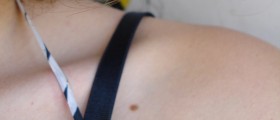
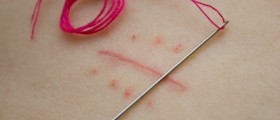
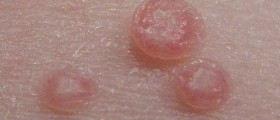
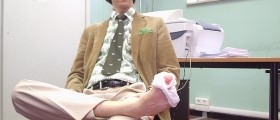
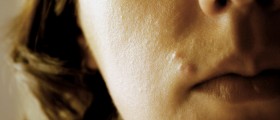

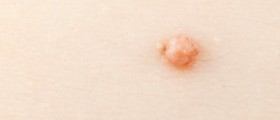

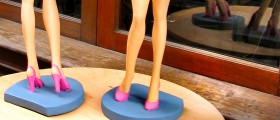
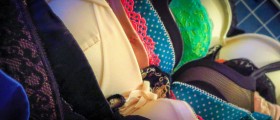
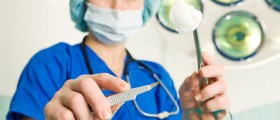
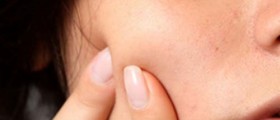
Your thoughts on this
Loading...